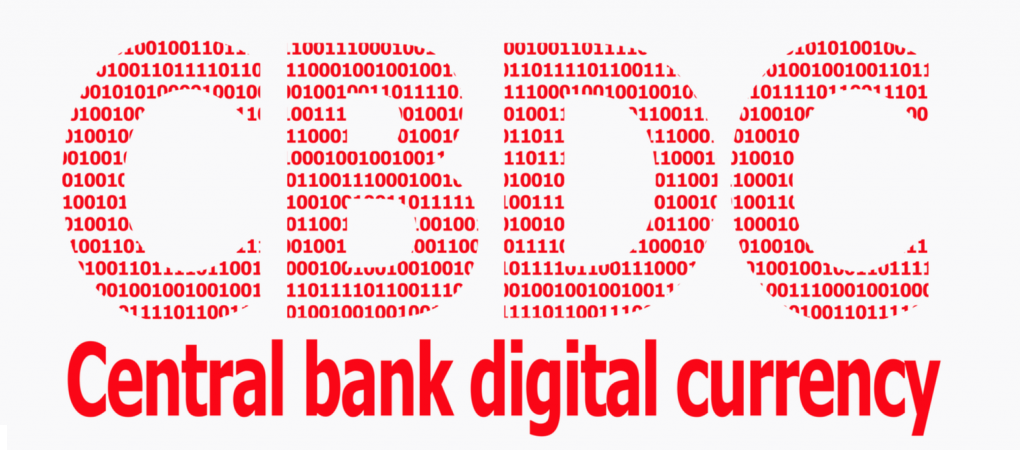
There is a possibility of a surge in public demand for central bank digital currency (CBDC) going forward, considering the rapid development of technological innovation. While the Bank of Japan currently has no plan to issue CBDC, from the viewpoint of ensuring the stability and efficiency of the overall payment and settlement systems, the Bank considers it important to prepare thoroughly to respond to changes in circumstances in an appropriate manner.
With this in mind, the Bank decided that it would publish its approach to „general purpose” CBDC – that is, CBDC intended for a wide range of end users, including individuals and firms.
Even if the Bank were to issue general purpose CBDC, it would still be appropriate to maintain a two-tiered system of a central bank and the private sector. This means that CBDC would be issued indirectly through intermediaries (e.g., banks’).
If the Bank were to issue general purpose CBDC and adopt the indirect issuance model, CBDC would need to have the following instrument and system features.
To allow anyone to use CBDC and avoid excluding some individuals, devices or cards used for transfers and payments should provide ease of use and portability in their design. It is also important that the devices or cards be made available to the public free of charge or at sufficiently low cost to achieve universal access.
If CBDC were to be issued, it would need to overcome the vulnerability inherent to online services using computer networks as it could encounter cyber-attacks aimed at counterfeiting and fraud. A loss of confidence in the currency caused by illicit activities also poses a significant risk to a central bank. Thus, for secure CBDC payments, it is necessary to incorporate counterfeit deterrence technology and enhance security to prevent various illicit activities.
To allow CBDC to be used anywhere anytime, the CBDC system should always be available 24/7/365 to the end user. A design that supports offline use in times of system and network failures as well as electrical outages is also important for Japan, given the frequent occurrence of natural disasters.
CBDC, as central bank money, should offer settlement finality of transactions and instant payment capabilities similar to cash. Moreover, CBDC should be usable in many of the same type of transactions as cash, including person-to-business and person-to-person payments. To that end, in order to enable fast settlement of frequent payments by many end users, CBDC needs to have sufficient processing capability and scalability in preparation for future increase in the use of CBDC.
Serving as the basis for PSPs to offer various new payment services, CBDC could function as a payment platform unique to a digital society, different from cash or central bank deposits. It is therefore important that the CBDC system ensures interoperability with other payment and settlement systems and has a flexible architecture to adapt to changes in the future, including advances in private payment services.
These are the core features required for CBDC. It is, however, difficult to fully incorporate all of them into CBDC when actually designing it. For example, a design that supports offline payments with CBDC could deteriorate the security (e.g., effectiveness of counterfeit deterrence features), and one that aims to achieve universal access could push up the cost for developing and deploying devices accordingly.
Enhancing the interoperability among CBDC and private payment and settlement systems could also have a negative impact on the stable operations of the systems. It is therefore necessary to appropriately deal with these tradeoffs while striking the right balance between features required for CBDC and their possible negative effects, in light of the Bank’s responsibility for establishing stable and efficient payment and settlement systems.
When introducing CBDC, it might be appropriate to implement the features of universal access and resilience in a phased manner according to the use of cash. For example, the Bank could decide not to implement offline payment functions as long as a smooth shift in payment instruments from CBDC to cash continues to take place even in times of electrical outages due to natural disasters.
Next steps
The Bank will explore general purpose CBDC in a more concrete and practical way by conducting experiments, rather than confining itself to conceptual research as before. Various issues require testing through experiments, and it is necessary to incorporate ever-progressing technological innovations. Thus, it is essential to utilize cutting-edge technology and knowhow of the private sector in the experiments.
To keep up with the pace, the Bank will carry out experiments in a phased and planned manner, as indicated below. The Bank will first test the technical feasibility of the core functions and features required for CBDC through a Proof of Concept (PoC). It will then consider the need for a pilot program if necessary.
Among these phases, the Bank aims to start PoC Phase 1 in early fiscal year 2021. In preparation, the Bank plans to specify basic requirements of the test environment, among others, as early as possible and then call for partners to join and collaborate in the experiments.
Banking 4.0 – „how was the experience for you”
„To be honest I think that Sinaia, your conference, is much better then Davos.”
Many more interesting quotes in the video below: